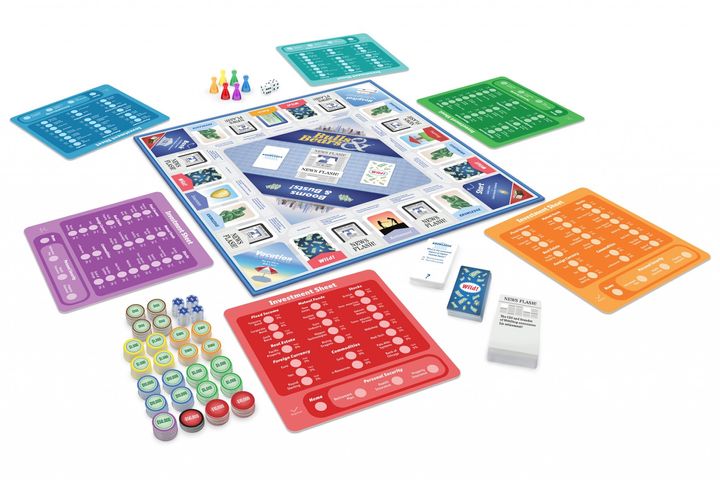I know that one of the greatest things we can learn when we are younger is how finances work. Not just that saving is essential, but a bigger picture of how the financial system ebbs and flows, and how real-world events have a direct correlation with the stock markets, and essentially, each of our net worth. Practical things like budgeting, retirement planning, homeownership, and understanding how markets respond to events in the news. And, no less important, the emotional response to events. For most novice investors, their own emotions are their most significant enemies, triggering them to sell when markets are down, and buy when markets are high - the opposite of what you want to.
For example, while I am not a financial advisor, I did spend several years working for a financial advisory firm. I witnessed first hand as clients made and lost value in their portfolios, due to normal market fluctuation, as well as in 2008 during the real estate crisis. It was made clear to me that one of the most important things we can understand is that it's important to stay calm and remember that things will bounce back. Instead of panicking and selling everything when things are down, we really should take advantage and buy more while things are so cheap. Wouldn't it be great if there were a way to teach our kids this, I would often think to myself?
For this reason, I was very excited to learn about a new board game, named appropriately, Bulls and Bears. It is a brilliantly designed board game where players work their way around the board imitating real-life financial decisions, and learning how to plan their career, build a portfolio, manage budgets, buy a home, plan for retirement, and much more. Players face Newsflash events – breaking news from the worlds of business, economics, politics, the law, technology, etc. Players need to assess the impact of each event and buy or sell assets accordingly.
They then find out the actual Market Response and earn or lose money! Here's how it works:
Players start by receiving an investment sheet and a small seed capital of $100,000. Players roll the dice and then draw from three decks of cards, News Flash, Knowledge, and Wild.

Used with permission from Bulls & Bears.
News Flash: They assess the impact of each event, and buy or sell assets accordingly; they then find out the real Market Response and earn or lose money. For example:
What do you do when “Congress cuts taxes,” or the “Fed launches quantitative easing.”
Knowledge: By betting financially against themselves and others, they will be pressured to give the correct answers to financial questions such as: “How to calculate price-earnings ratios,” “What’s an ETF?”, and “What’s the difference between real and nominal interest rates?”
Wild Card: this deck sends them on some unpredictable rides. For example, to teach the importance of saving and of insurance.
Players will win the game by proving they can double your initial capital, purchase a home, secure essential insurance policies, and generate a retirement plan good enough to have them living their last days in Hawaii on the beach.
“After witnessing firsthand how complicated economics can be, I wanted to use my experience to break it down and make it simple and fun to understand for others,” says Mario Fischel, President and Founder of Bulls & Bears.
This primary and intrinsic knowledge of how the financial system works undoubtedly will prove to be an incredible value to the young teenagers who play this game with their parents now. I don't have kids presently, but this in on my Christmas shopping list for my nieces this year.
Thanks for reading, and tune in again next time by following me @jesseseaver.
